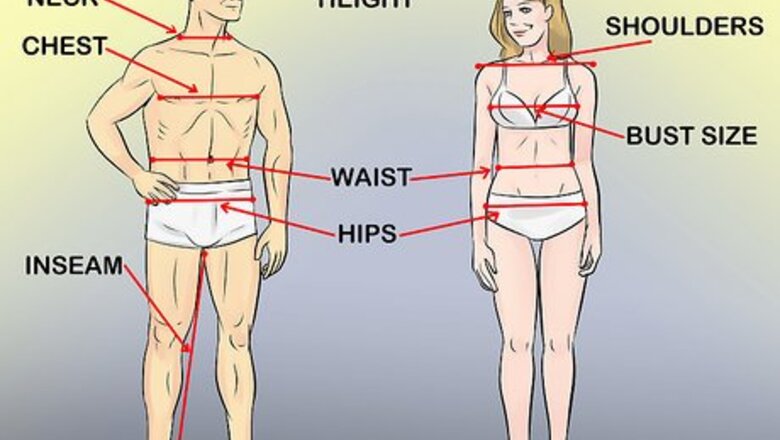
views
Shopping for the Right Clothing
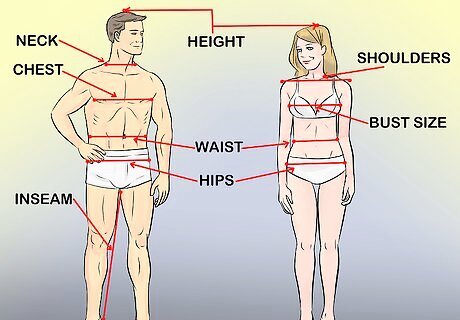
Measure your body. The most accurate way is to go to a professional. This can be done at a clothing store, a lingerie store, or a tailor or seamstress. Another option is to have a friend use plastic measuring tape to get accurate measurements such as on your hips and shoulders. If you do this, be honest. Don’t try to alter the results by sucking in your belly, for instance. Inaccurate measurements lead to poorly-fitting clothes. For men, measurements include height, neck, chest, waist, hips, and inseam. For women, measurements include height, shoulders, waist, hips, and bust size.
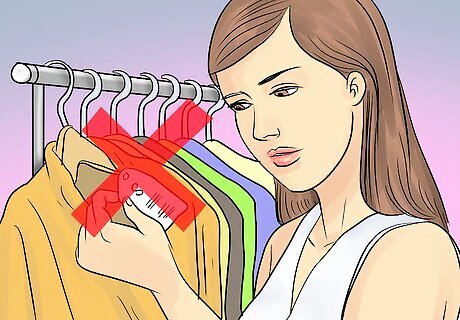
Ignore size tags. This sounds counterintuitive, but the truth is that the tags on clothing aren’t helpful beyond an initial reference. Size standards vary between designers, patterns, and manufacturers. In addition, many clothes are made for the standard hourglass shape when men now often have wider shoulders and women have wider hips. Some designers use vanity sizing, which puts a smaller size number on clothing that is normally larger in an attempt to appeal to your emotions. The number-letter system (small, medium, large, extra large) has no standard, so the dimensions on these clothes vary.
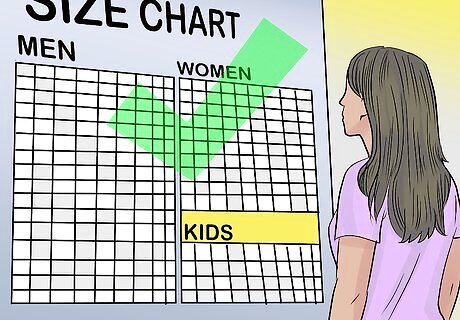
Read sizing charts. Sizing charts can be found in some stores online and offline. They’ll have it posted around the store if they have one. This is most likely in stores that don’t carry clothing from a variety of manufacturers. Getting some idea of the store’s policy helps you compare their clothes to your own measurements and determine which stores give you reliable fits.
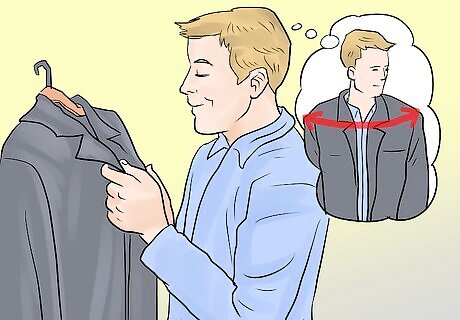
Shop for your biggest part. Remember that many men have wider shoulders and many women have bigger hips compared to the standard companies manufacture. If you have wide shoulders, for instance, you can get jackets in a bigger size and balance the non-shoulder proportions or take the clothing to a tailor to adjust those other areas. Those who differ from standard size, such as those who are tall or short, will have a harder time finding clothing. Specialty fits or tailored work are the best options.
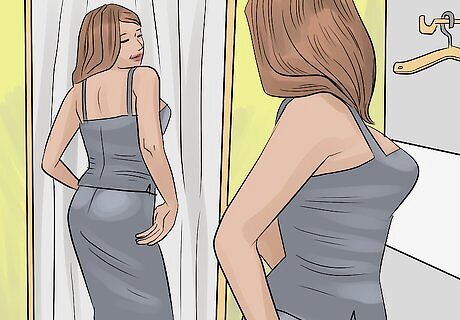
Try on the clothes. The more you try, the less of a gamble buying the clothing becomes. Take several different sizes and put them on in the changing room. If possible, stand before a full-body mirror and take in your entire appearance. The clothes should fit comfortably, neither tight nor loose. Don’t worry about using a larger size. You can cut off the tags if you need to, but clothes that fit well will do more to make you forget your flaws than clothes that poorly mask them. Don’t forget to check out your backside. Clothes that don’t fit well can squeeze your back and leave a very noticeable, unappealing roll of flesh. Anyone who had a parent who made them walk around when trying out shoes knows how important testing is. Turn while wearing the clothes. Lift your arms and legs. Sit on a chair. Good clothes won’t feel restrictive.

Ask for help. Getting an outside perspective is useful. Bring along a friend who will be honest with you or ask a store employee. Many, such as those in lingerie shops, are trained to take measurements in order to find the best fits for customers. Even if they aren’t trained, they may be able to give you an honest outsider’s opinion. Use your judgment in evaluating these opinions. Store employees for example may be more concerned with flattering you and making sales.
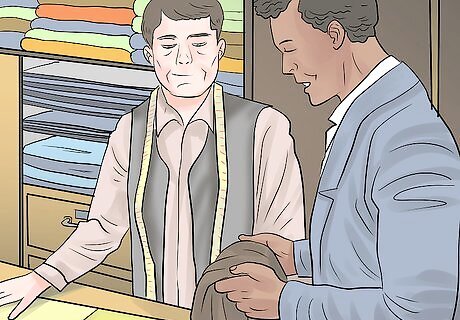
Go to a tailor. You may end up finding great clothing but the measurement is off in a key area. The clothing you buy is for now and should not be stored for a time when it does fit. Search your local listings for tailors or seamstresses. They’ll be happy to have your business and it may not cost that much. Alternatively, you can learn to adjust clothing yourself.
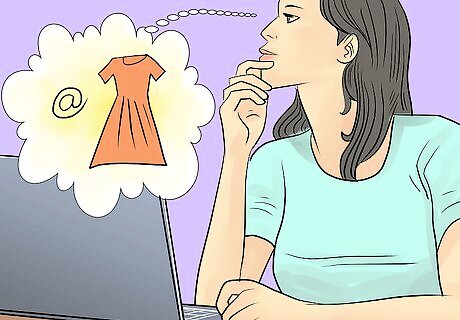
Buy custom clothing. Thanks to the Internet, made-to-order clothing is becoming more common. Designers and retailers such as Indochino and eShakti will work with you to achieve the fit that you want. Some brick and mortar stores may do this too. For anyone who has trouble finding a proper fit, extra money spent here can be well worth it. EXPERT TIP Alena Le Blanc Alena Le Blanc Personal Stylist Alena Le Blanc is the Personal Stylist and the Founder of Le Blanc Label. Based in San Francisco, California, Le Blanc Label is the leading personal stylist brand for sustainable style transformations. Alena and her team specialize in seasonal wardrobe refreshes, closet edits, styling for special events, travel, photoshoots, and general personal needs. Alena has been featured in podcasts including EMPOWERED BY WMN, I Am Fearless, and Mind Power Meets Mystic. Alena received her BFA in Fashion and Apparel Design from the Academy of Art University. Alena Le Blanc Alena Le Blanc Personal Stylist Invest in well-made garments. Choose clothes made of high-quality fabrics like wool, silk, and cashmere. They last longer and exude luxury. Look for clean stitching, smooth seams, and a well-tailored fit. Focusing on clothes of this quality will help you build a personal style that conveys understated elegance.
Fitting Women’s Clothing
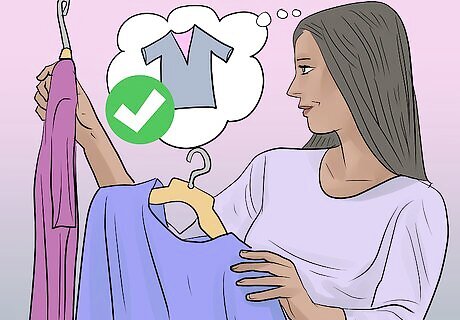
Select comfortable tops. Whether you are wearing a t-shirt or a long-sleeved shirt, the top should fit well enough that it isn’t loose but still permits you to move freely. The shoulder seams should fall right on the edge of your shoulder to achieve a natural look. The hem should rest on the middle of your hip for the same reason. If there are sleeves, they should end on your wrists, not your palms. For button-down shirts, the fabric of both sides should meet between the buttons without leaving gaps.
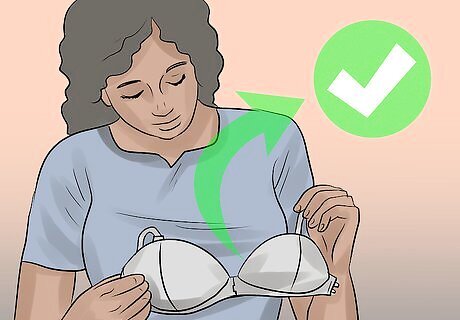
Get the right bra size. Most people have no idea that over 80% of women wear the wrong bra size. The right bra should feel natural, resting flat on your chest and back. It shouldn’t appear wrinkled on you, make you feel squeezed, or cut into your skin. If yours has adjustable straps, use these before deciding your bra isn't the right size. Don’t be afraid of getting measured in a store. Be patient with the clerk as you get fitted.

Pick the right jacket. A good jacket or blazer should allow you to move in it. The seams will fall on the edge of your shoulders without making the fabric feel tight against you. An ideal sleeve length is when the fabric reaches the end of the wrist, but this can be adjusted according to personal preference. Buttoning is optional, but it is better to choose a jacket that still feels right after buttoning up in case you want a more formal look.
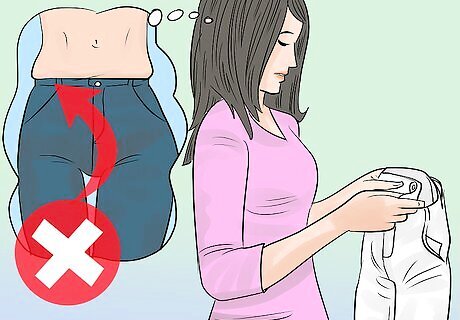
Choose comfortable pants. Good pants allow you to move in them. You should be able to slip two fingers between yourself and the waistband, also including a little extra room to compensate for daily changes in body size. The fabric should look smooth on your legs, neither billowing nor wrinkling. The hem should make it down to your heels and rest an inch off the floor. Avoid pants that create a “muffin top,” skin bulging out the top around the waist. This is evidence the pants don’t fit. Pockets typically don’t keep an ideal shape when you sit. If this is a problem, have a tailor remove them. Take time finding jeans that fit your particular body shape and keep in mind that the heat from a mechanical dryer damages the elasticity, so choose a bigger size or washing method. Skirts follow the same guidelines, except the hem typically ends right above the knees or right below the ankles. Choose skirts according to your height and body structure in order to accentuate your hips and legs.
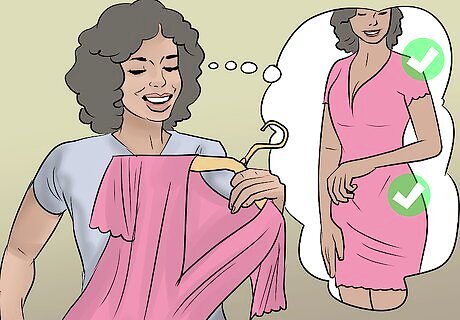
Get a form-fitting dress. Judge a dress by its ability to fit over your shoulders. If it doesn’t fit well there, it most likely won’t hang well on you. If it fits well on your shoulders, chances are it will also drape well on your hips since these two spots align. Be aware of the empire waist. This is the fabric line that rests below the bust. If it runs too high on you, the dress won’t fit well and tailors won’t be able to help.
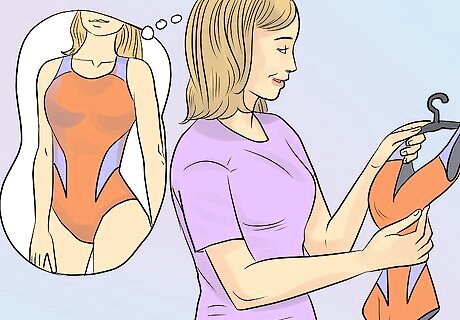
Wear flattering swimwear. Swimwear follows the same rules as other clothing. Search for something that fits your largest feature and accentuates the rest of your figure. Treat it like your bra. You shouldn’t be spilling out of it and it shouldn’t cut into your skin. If you have large hips, you can choose something that covers those and runs thin at your waist, for example.
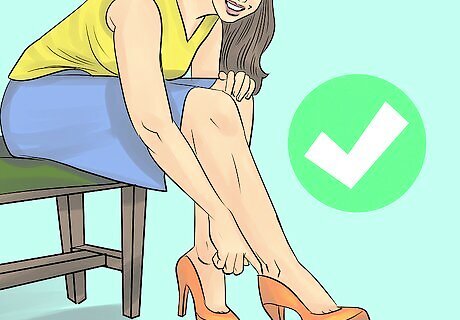
Get the right shoes. There are many different styles of shoes, but they all should be capable of protecting your feet. Choose the size that matches your biggest foot. The shoe should be the same shape as your foot. Good ones will leave enough space that you can slip a finger between the shoe and your foot, but they should still feel snug. Don't try squeezing into shoes and don't choose ones that you think you'll break in or fit into later.
Fitting Men’s Clothing

Get shirts that fit. The seams of the shoulders should rest on the edge of your shoulder. Make sure the shirt fabric does not squeeze you nor billow. This includes when you tuck in collared shirts. Cuffs should stop at the end of your wrist and be tight enough that your thumb stops the cuff from sliding while still allowing you to move comfortably. A rule of thumb for stiff shirts is that good ones give you enough space to allow you to fit exactly two fingers under the collar. Tucked shirts should not become undone or feel tight when you bend over or move your arms. Choose t-shirts that end at the middle of your waist and only ride up an inch above your pants during movement.
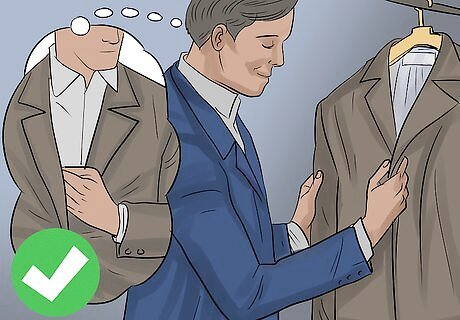
Pick the right jacket. Whether it is a blazer or a suit jacket, it should fit over your clothing well. The shoulder seams should be on the edge of your shoulder and the material should go all the way down to the zipper of your pants. Make sure the jacket is smooth around the shoulders and does not bunch up around buttons. You should be able to flatten your hand against yourself and slip it under the lapel. A tight suit jacket leaves an x-shape on the belly where the fabric is too tight. The armholes should be high enough that they don’t cut into your skin or restrict your movement. For a button jacket, the second to last button should fall right above your belly button and leave enough material that the jacket covers your behind.
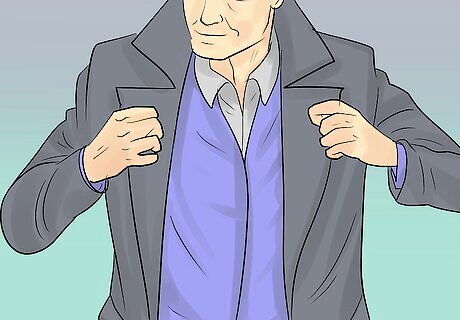
Find a coat that covers you. Coats follow the same rules as suit jackets. The seams should rest on the edge of your shoulders. The coat itself should feel comfortable against the clothing it has to cover, not restrictive despite lying close to you and showing your figure. The sleeve should go an inch beyond your wrist in order to hide any sleeve underneath. Like jackets, make sure the coat is long enough that it doesn’t flare out over your backside.
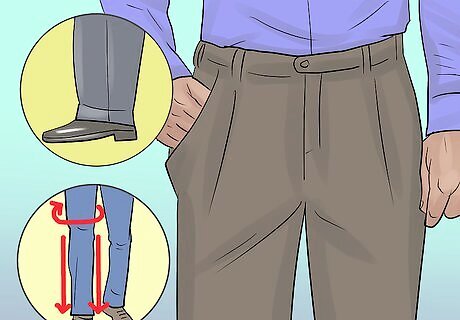
Choose perfect pants. The right pants won’t need a belt. They’ll rest on your hips without falling but will stay loose enough that you can move. They’ll lay close to your legs without billowing. Long pants should have no more than one crease on each leg where they fall on top of the shoe. The fabric should go all the way down the back of your legs to t the top of the soles of your shoes. Look for jeans that are slim around your thighs but straight or tapered below the knee.

Get the tie length right. Your tie will sit under your collar and not necessitate tightening the collar. Different knots can be used to compliment your clothing, but the tie should go no further than the center of your belt.
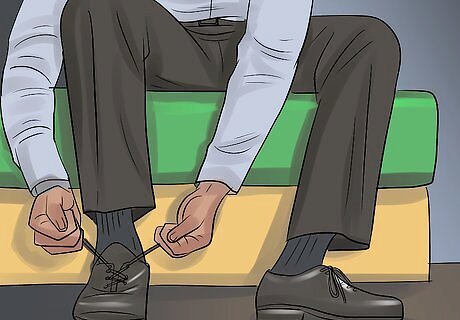
Pick close-fit shoes. Your shoes should leave enough room in the heel to fit at least a finger but still not leave too much space between you and the shoe heel. Your toes should barely touch the front, not press against it. Of course, walking should feel comfortable and the shoe should not cut into any part of your foot. For formal shoes, choose round-toed shoes to achieve a better appearance.


















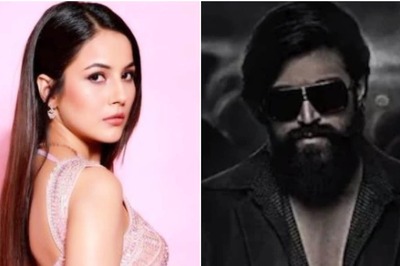

Comments
0 comment